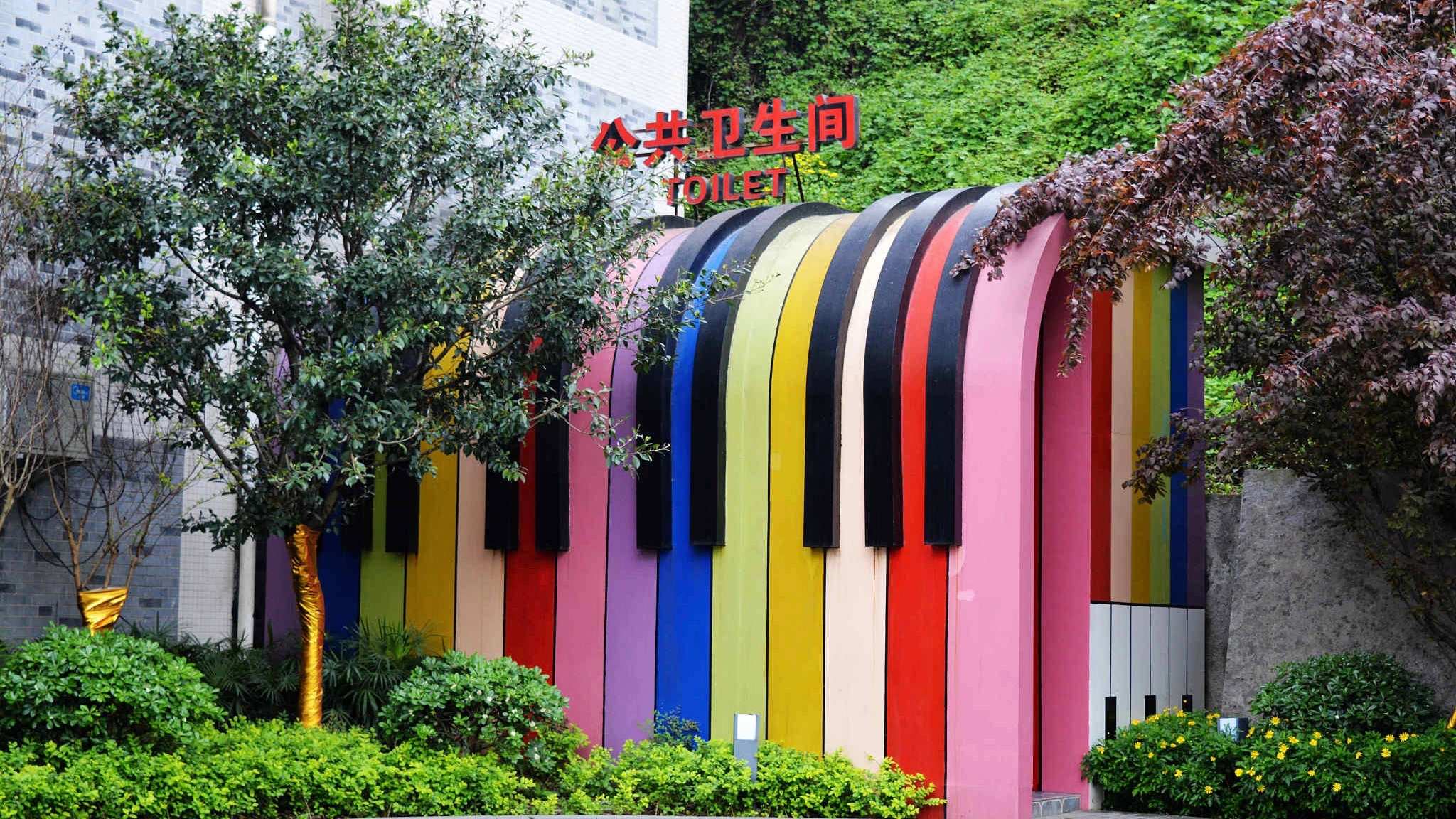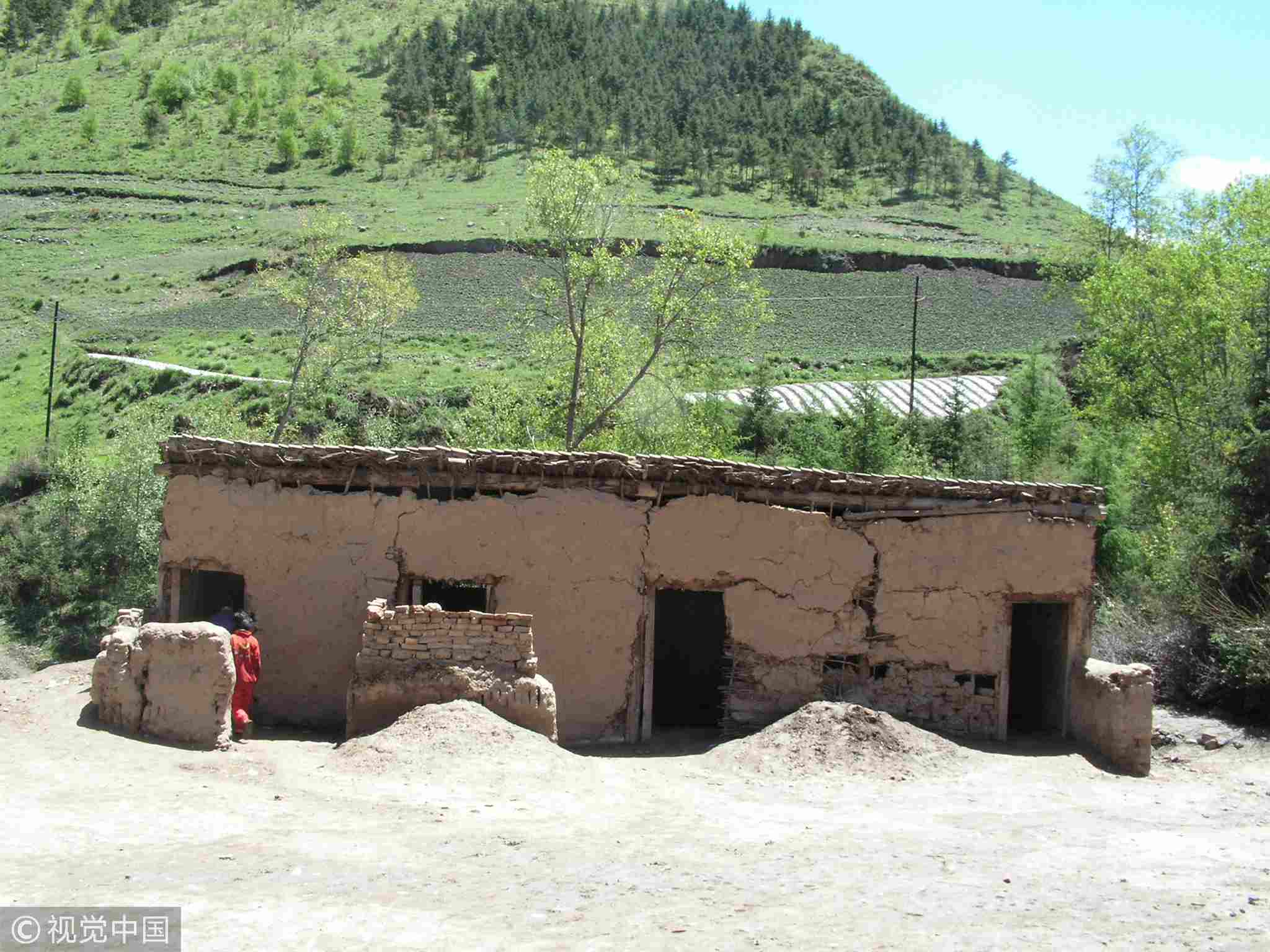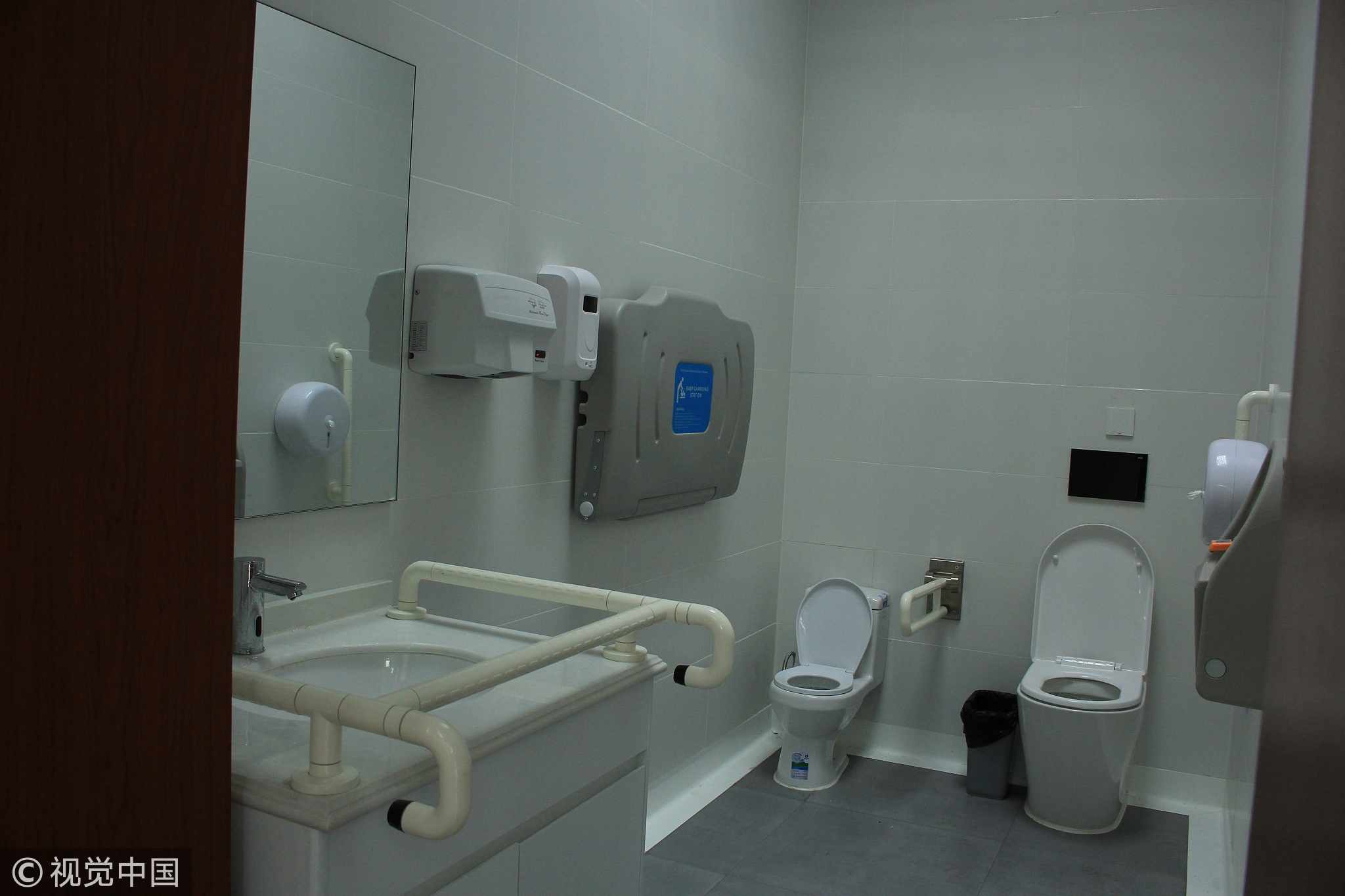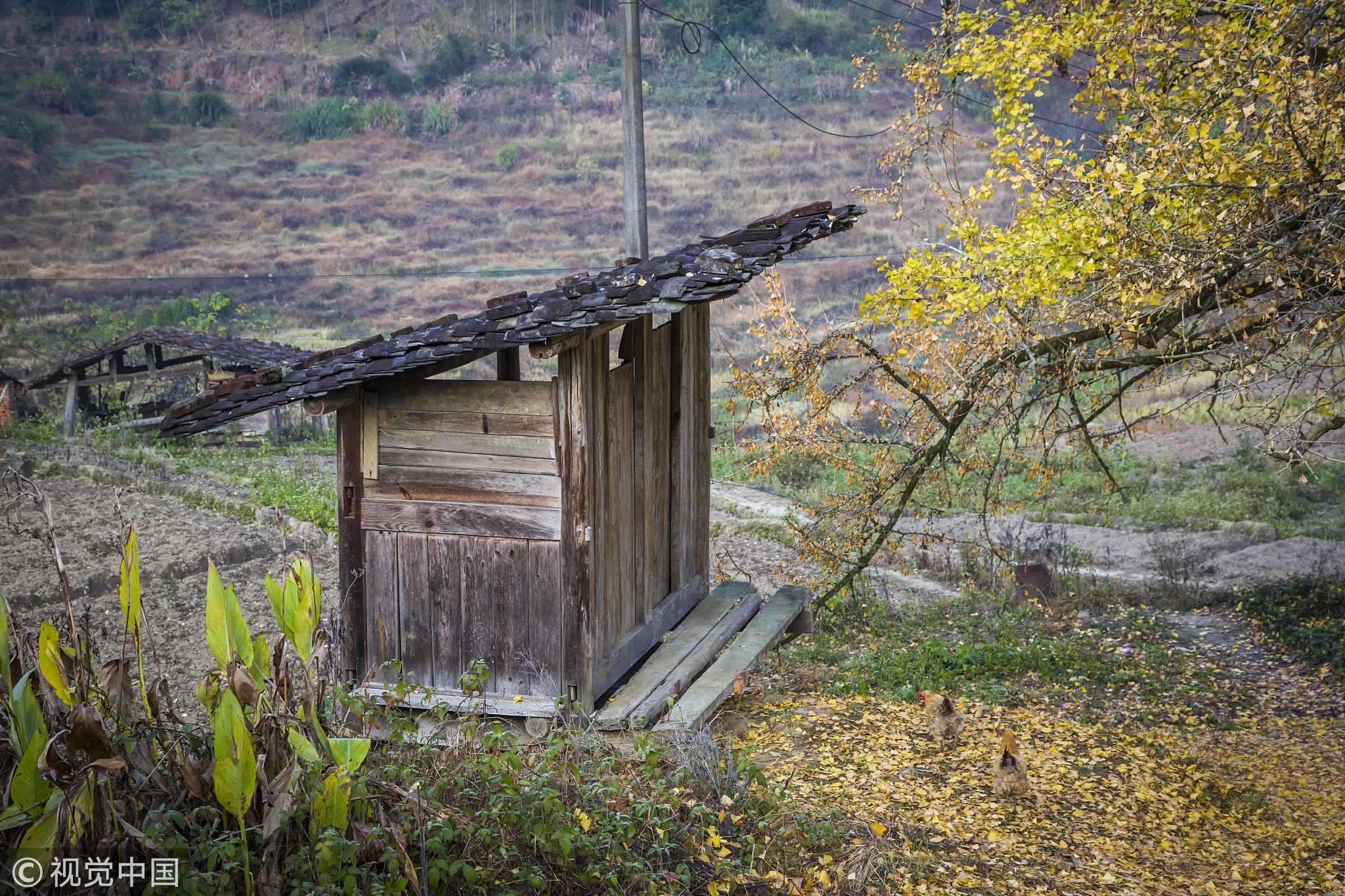
China
12:02, 19-Nov-2018
China's Toilet Revolution three years on: What has changed?
Updated
11:05, 22-Nov-2018
By Wang Xiaonan

I still remember the foul pit latrine in a northern China village on a tour to another city with my family back in the summer of 1992. Located along a highway, it was a dilapidated shelter surrounded by mud walls but with neither a rooftop nor a door, with flies and mosquitoes flitting around. I couldn't find a proper place to put my feet. What was worse, it was unisex. People had to shout before using it to see if there was anyone inside, and kids who were afraid of falling into the hole practiced open defecation.
That was a common scene in rural China back then, and there was worse: In some places, residents used open pits in the ground next to a chicken coop or a pigpen. Even in cities and towns, people would avoid going into public restrooms because most of them were stinky and privacy-free.
Years ago, some foreign tourists to China called such toilets without partitions "Ni Hao toilets," complaining that their bad toilet experience to a certain extent eclipsed the magnificent landscape.

A toilet in a primary school in Zhangxian County, northwest China's Gansu Province, May 28, 2006 /VCG Photo
A toilet in a primary school in Zhangxian County, northwest China's Gansu Province, May 28, 2006 /VCG Photo
But now things have changed. At a litany of tourist attractions, new public toilets have been built, with advanced facilities like ATMs, beverage dispensers, and recharging stations where you can charge your smartphones. Restrooms in plush shopping malls may have electronic toilet seats installed. You can also check the locations, conditions and even the queue length of some 330,000 public bathrooms across the country with a smartphone app.
Individual households across most cities usually have flush toilets equipped in their bigger, brighter restrooms. And for rural dwellers, the evolution of the toilet is the evolution of the backwaters. In 2016, over 80 percent of the country's rural population already had sanitary toilets with walls, rooftops and doors, up by nearly 10 percent from 2012.
On the prairie of north China's Inner Mongolia Autonomous Region, shepherds used latrine pits fenced up by plasterboards back in 2013. The plasterboards were changed into brick walls in 2015, and only a year later they had flush toilets in their houses. In the Gobi Desert in northwest China's Gansu, you can find toilets with Wi-Fi.
The progress is largely attributed to the "Toilet Revolution” launched in the country in 2015. "The toilet is no small thing," President Xi Jinping had underlined, doubling down on the effort to build decent toilets to meet the target of full toilet coverage for rural homes by 2030.
In 2016, London-based WaterAid ranked China as one of the 10 countries with the least access to safe and private sanitation facilities in the world. But it is building or renovating its toilets at lightning speed, "faster than the demand created by new urban arrivals" of 329 million since 2000, the international NGO said in a report.

A public toilet in an alley in Beijing's Dongcheng District, September 19, 2018 /VCG Photo
A public toilet in an alley in Beijing's Dongcheng District, September 19, 2018 /VCG Photo
Over the past three years, the central government invested over 1 billion yuan (150 million US dollars) into this "revolution," which had an endorsement of more than 20 billion yuan from local authorities. Around 68,000 toilets have been newly built or refurbished and another 64,000 are in planning, expected to be completed in two years' time.
Actually, the toilet overhaul dates back to 1984, when China won the bid for the 1990 Asian Games. Within five years, Beijing built and renovated 1,300 public toilets and extended facilities by an area of 16,000 square meters. By 1990, there were over 6,000 flush toilets. The overhaul also sprawled to rural areas, where a variety of new toilets were constructed in line with local sanitation criteria.
The toilet reform took another leap in 2008 when the Beijing municipal government invested 300 million yuan in building the best ever toilet facilities in the country's history for the 29th Olympics.
As local initiatives to modernize toilets took off, infrastructure improved. Plumbing was laid in rural areas, and flushing was implemented in many public restrooms. However, a fundamental problem remains despite the effort lasting for over three decades: Many don't think clean toilets are important.

Villagers in Youxi County, east China's Fujian Province, still keep the old-fashioned toilet, December 11, 2017. /VCG Photo
Villagers in Youxi County, east China's Fujian Province, still keep the old-fashioned toilet, December 11, 2017. /VCG Photo
In villages where people have gone about their business a particular way for most of their lives, they just can't see the value of sanitation or the seriousness of untreated excrement. Some have used their newly built restroom as a place to store their farming equipment, while others think their new implements aren't much better than their old-fashioned pits.
Meanwhile, going to the restroom is viewed as something that has little consequence beyond relieving oneself. However, the implications of sanitation are huge: UNICEF estimates that 480,000 children under five die each year from diseases such as diarrhea and cholera due to poor sanitation, and the economic costs were estimated in 2015 to be 223 billion US dollars.
Now basic necessities are no longer in short supply and even the poorest families have high-definition televisions and smartphones, but such a mentality persists. A change in the toilet culture is instrumental to China's toilet revolution. Hopefully, when nature calls, as is the theme of the 2018 World Toilet Day, people will no longer hold prejudiced views towards the toilet but take it as a barometer of hygiene, and of civilization.

SITEMAP
Copyright © 2018 CGTN. Beijing ICP prepared NO.16065310-3
Copyright © 2018 CGTN. Beijing ICP prepared NO.16065310-3